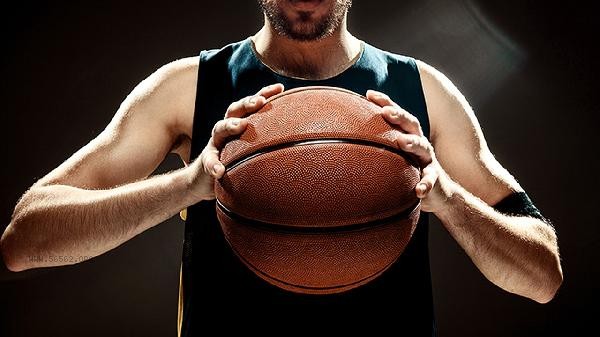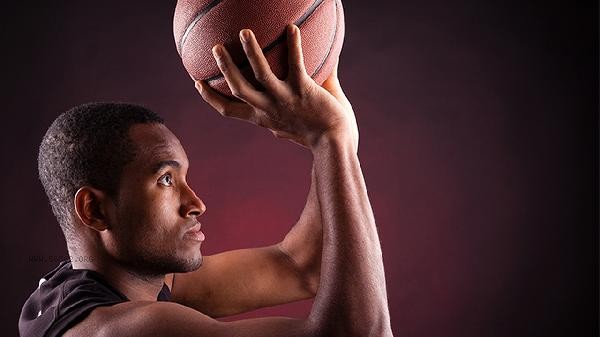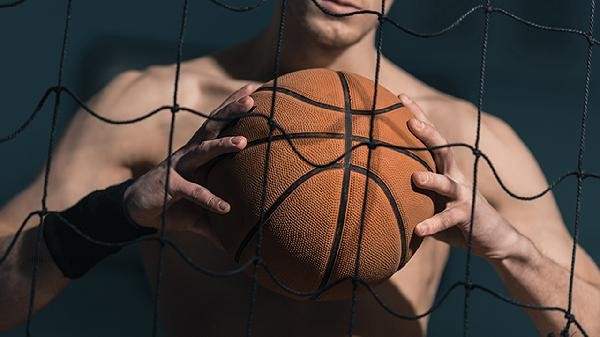The lifespan of a basketball can generally be used for 3 to 5 years, and the actual usage time is influenced by various factors such as frequency of use, court conditions, storage environment, material quality, and maintenance methods.

1. Frequency of use
The lifespan of a basketball is closely related to its frequency of use. Frequent use can accelerate the wear and tear of the basketball skin and the aging of the inner lining. A basketball that is used intensively every day may need to be replaced after 1 to 2 years, while a basketball that is used only a few times a week may last for more than 5 years. The basketball used by professional athletes usually has a shorter replacement cycle than that of amateur players due to the high intensity of training and competition.
2. Venue conditions
There are significant differences in the degree of wear and tear on basketballs on different courts. Cement floors have high friction and can quickly wear down the surface patterns of the basketball; Wooden flooring and plastic flooring are relatively mild; Sandstone ground can seriously damage the spherical surface. Basketball used indoors usually has a much longer lifespan than those used outdoors, and professional game balls are recommended to be used only on wooden floors.
3. Improper storage environment
can significantly shorten the lifespan of a basketball. Long term exposure to direct sunlight can cause rubber or leather materials to harden and crack, and humid environments may lead to mold growth in the inner container. The ideal storage environment is a cool and dry place, avoiding contact with sharp objects. The inflation pressure should also be kept within the standard range, as being too high or too low can affect the service life.

4. Material Quality
The durability of basketballs made of different materials varies greatly. High end competition balls are made of high-quality leather or composite materials, which maintain good wear resistance and elasticity; Ordinary rubber balls have low cost but are prone to aging; Synthetic material balls strike a balance between price and durability. Professional basketball typically has a much longer lifespan than entry-level products under the same usage conditions.
5. Maintenance Method
Regular maintenance can effectively extend the use time of basketball. Use neutral cleaning agents during cleaning and avoid using corrosive chemicals. Leather basketball requires specialized maintenance oil to maintain flexibility. Check if the air nozzle leaks after each use and promptly repair any minor damages. Rotating different basketballs can disperse wear and avoid excessive use of a single basketball.

To extend the lifespan of a basketball, it is recommended to choose a suitable material based on the usage scenario. For indoor use, leather or composite material basketball is preferred, while for outdoor use, wear-resistant rubber balls can be chosen. Clean the surface dust promptly after use and store in a ventilated and cool place. Regularly check the inflation pressure and slowly inflate using a dedicated gas needle. Multiple people taking turns using multiple basketballs can balance wear and tear. When the basketball shows obvious deformation, air leakage that cannot be repaired, or severe skin wear that affects ball control, it should be replaced with a new ball in a timely manner to ensure sports safety and experience.






Comments (0)
Leave a Comment
No comments yet
Be the first to share your thoughts!